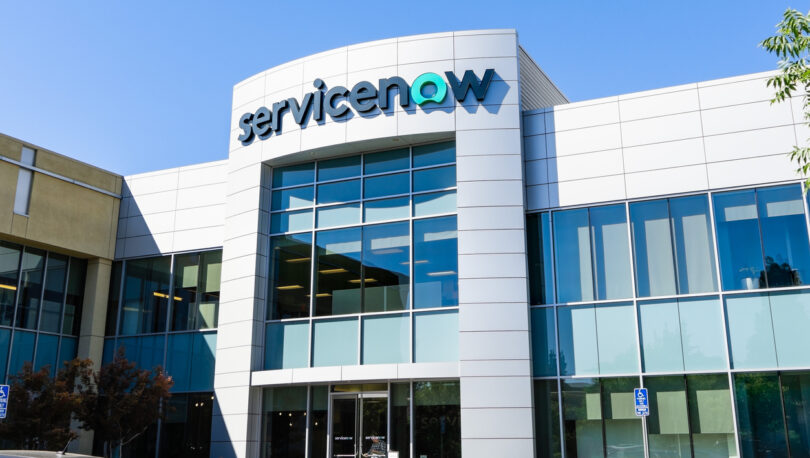Quebec, the newest ServiceNow release, officially kicked off in mid-March 2021. In the months since the release, we’ve made a few observations worth sharing. First, for those unfamiliar with ServiceNow releases, each is named in alphabetical order after major international cities, i.e., Jakarta, Kingston, London, Madrid, New York, Orlando, Paris, and now Quebec. It is worth noting the release name is not explicitly detailed in documents. However, there are typically several products that undergo structural changes (i.e., subscription bundling and unbundling) and price changes in each release. The legacy IT Service Automation (ITSA) subscription is the first example of these continued efforts.
Two more recent examples of a similar structural product changes have occurred in ServiceNow’s Security Operations (SecOps) and Vendor Risk Management (VRM) offerings. Historically, ServiceNow required SecOps customers to subscribe to a module and X number of devices – module and devices were offered in Standard VR (vulnerability response), Standard SIR (security incident response), Professional, or Enterprise at increasing prices. Devices were historically provided at programmatically-reduced price points (depending on volume), with both the module and devices carrying separate line-item totals. However, recently observed spend has revealed that ServiceNow has removed the module cost, separated SecOps functionality (VR and SIR was bundled at Professional tier but now requires more expensive Enterprise), and removed tiered volume pricing. Following the latest ServiceNow release, new pricing reflects one line-item cost for customer volume. A similar phenomenon has occurred in VRM where they now charge per vendor as opposed to the historical module-plus-volume structure.
Additional Insights into Pricing Behavior Changes Following Recent ServiceNow Release
While the above ‘simplifies’ pricing, NPI has observed historically subscribed SecOps customers are now being quoted 2x prior volumes – or twice the cost to maintain the same functionality.
To support these observations, NPI has examined ServiceNow documentation suggesting internal guidelines for target percent increases by product conversion to drive increasing Total Contract Value (TCV). Furthermore, ServiceNow’s recent acquisitions of Loom and Element AI are being integrated to create new products and expand on prior license capabilities.
With legacy products evolving and new products being introduced, it is increasingly difficult to track what a customer is currently entitled to and will be entitled to, and the resultant price changes, which are typically unfavorable for enterprise customers.
Assessing Your ServiceNow Spend and Entitlements
Simply put, what an enterprise ServiceNow customer is currently subscribed to is likely to change in a forthcoming renewal, and at a higher cost. ServiceNow is known to be a high-value vendor not easily displaced, so it is recommended to document and understand current entitlements to better prepare for future spend. This can uncover material opportunities for savings and cost-avoidance – either through license optimization or identifying areas of pricing and discounting disparity.
If you’re looking to save on your next ServiceNow purchase or renewal, NPI can help. With price benchmark analysis, purchase-specific negotiation intel and SaaS license optimization assessment, NPI clients are realizing double-digit-percentage savings on ServiceNow transactions.
RELATED CONTENT
